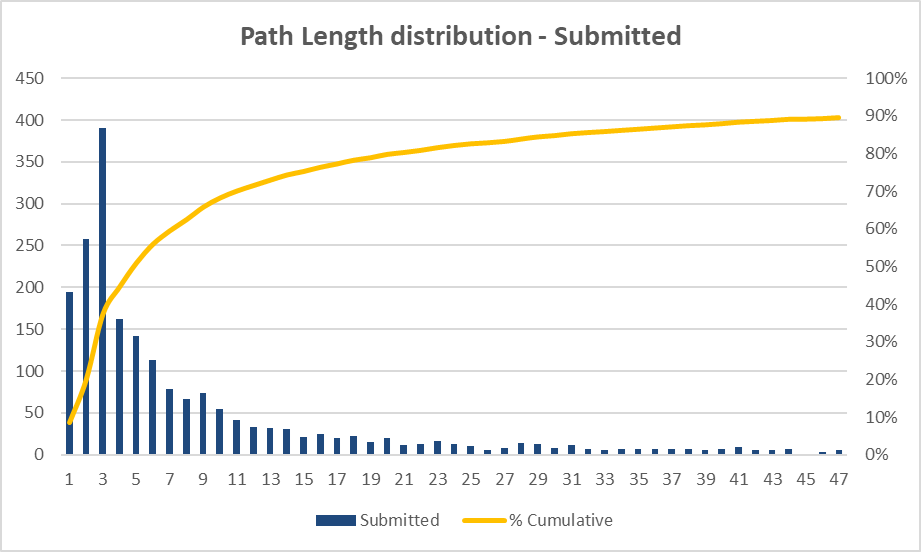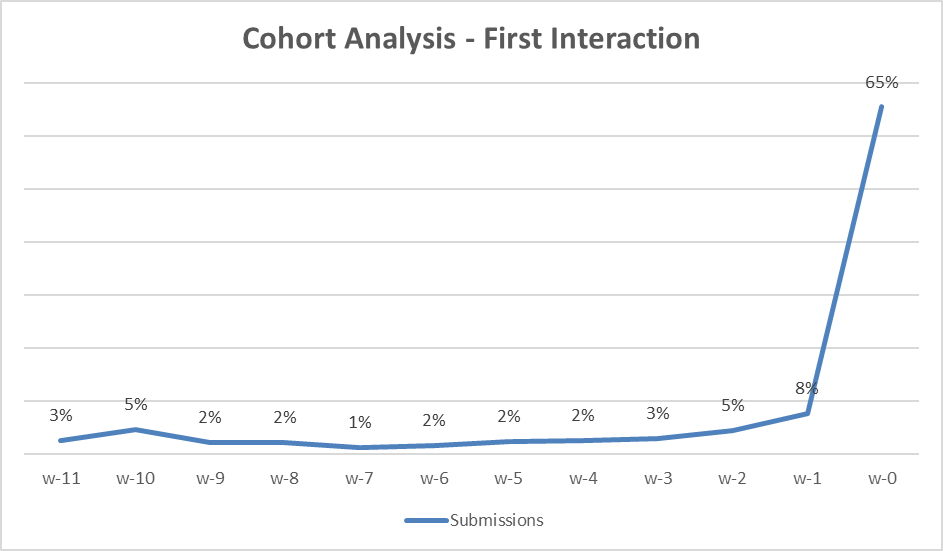Attribution and Marketing ROI
Half the money I spend on advertising is wasted; the trouble is I don't know which half. ' John Wanamaker's famous quote from the late 1800's still holds true for the most part. Digital Analytics helps rationalise a largely irrational purchase decision.
Marketing attribution is the analytical science of determining which marketing tactics are contributing to conversions. It evaluates the marketing touchpoints a consumer encounters on their path to conversion.
The goal of attribution is to determine which channels and messages had the greatest impact on the decision to convert, or take the desired next step.
Benefits of attribution:
Optimise marketing spend and increase ROI
Improve personalisation
Optimise creatives
There are various types of attribution. The most common ones are:
First and last touch
Time decay
U shaped and
Data driven model
Last Paid media interaction
Choosing the right attribution model depends on data availability and end result. We have enough data to run a U-shaped attribution model for Forex.com US, however to maintain consistency across regions we have deployed Google’s Last Paid media interaction or Floodlight attribution model.
Conversion journey is not linear and there are varying number of marketing touchpoints before conversion.
Path length to conversion
Path to conversion varies by Persona. While Newbies convert the fastest, the mode is still 3 touch points before conversion.
However, 65% of the interaction happens within 7 days.
Example path to conversion
We now have 2 way communication with our ad serving platforms. We send our first party conversion data to google every 3 hours that help us optimise our search and create more effective target audiences which enhances our marketing ROI.
We measure marketing cohort performance where we track Revenue vs Spend, attrition rate and client equity for every cohort.



